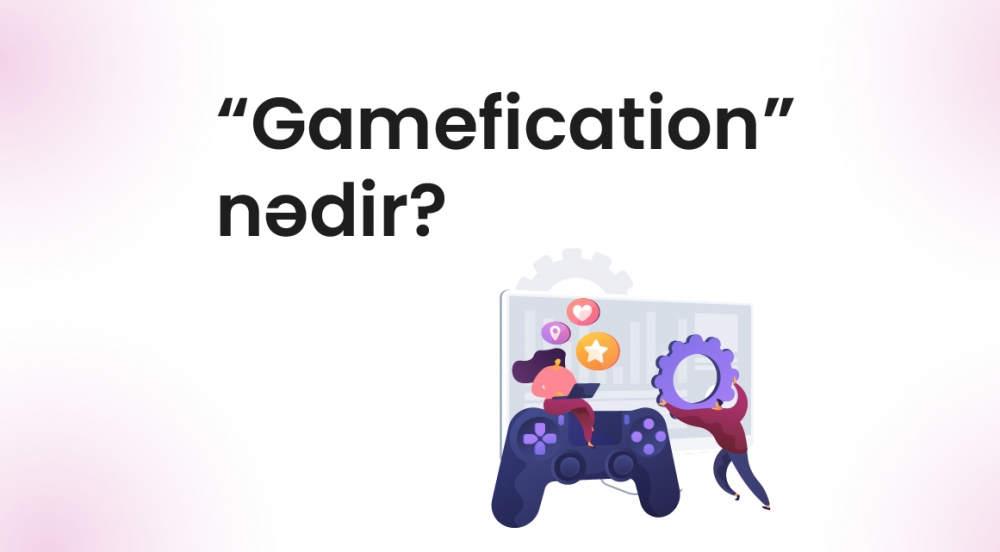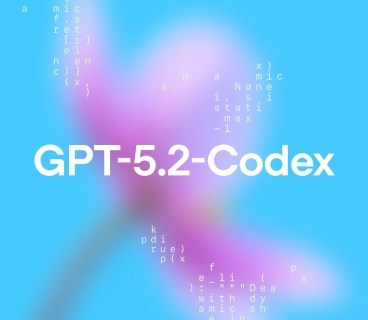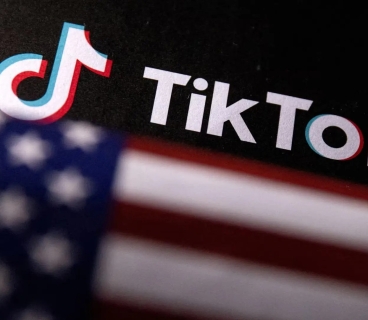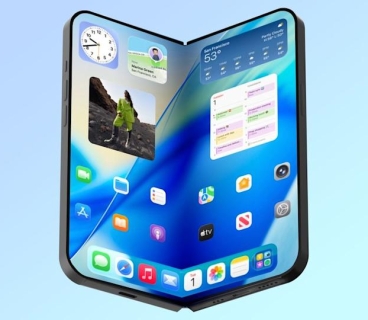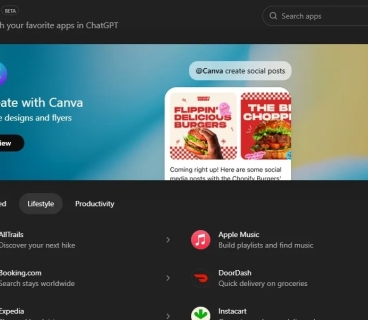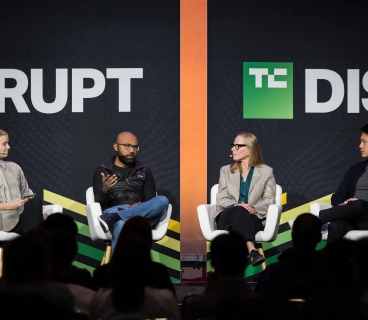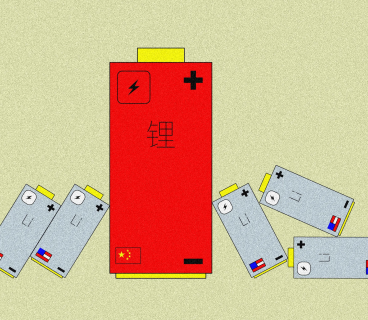Gamification is about motivating people to learn something, achieve certain goals or tasks by making non-game activities feel like games. It involves applying game design principles, mechanics and dynamics to enhance user experiences and promote engagement, learning and productivity.
The goal of gamification is to tap into the human desire for competition, achievement, and rewards. By introducing game-like elements such as scores, levels, leaderboards, badges, challenges and rewards, gamification aims to make activities more enjoyable, effective and engaging. It can be applied in various fields including education, training, fitness, marketing, employee motivation and customer engagement.
Gamification uses psychological principles such as behavioral reinforcement, goal-setting theory, and intrinsic motivation to encourage desired behaviors and create a sense of achievement and progress. It can promote learning, problem solving, skill development, and collaboration through feedback, challenges, and a sense of mastery.
However, it is important to note that gamification should be used thoughtfully and appropriately. Simply adding game elements without a clear goal or understanding of the target audience can lead to shallow engagement or even backfire. Effective gamification requires careful design, an understanding of user motivations, and alignment with the specific goals and context in which it is applied.
Duolingo - strips for daily lessons
Greenlight - points to save money
LinkedIn - profile completion progress bar

